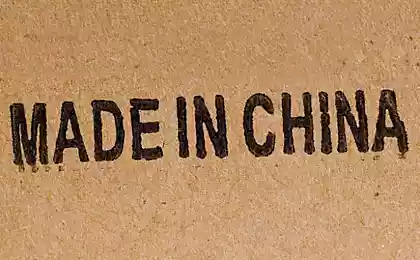548
Technics - youth! Part Three
It will be 2 video and 10 photos.
Previous my posts:
First part,
The second part,
3ya part.
We continue our campaign against illiteracy in the world of aviation and helicopters in particular.
And if I have not bored and you like to broaden your horizons, then - "Welcome to the world of helicopters!".

Today, a look at some aspects of the world of helicopters, and respond to questions, and the questions asked, try to make the post is not boring.
Let's start.
Remembering the first educational program (where we talked about the reluctance torque), I mentioned three-screw helicopter Mi-32 and the dreaded question from a reader about him. The fact that according to the laws of physics, it is necessary that the screw 2 will create a reaction torque in one direction and a third in the opposite direction. Let me explain this scheme.

Ie two screws are obviously pull one, and since there is no tail rotor, the brewing question: "What is damped reaction torque in this case?».
Sorry, this is where I am powerless. I dont know. The only assumption that one of the three screws is to create a greater reluctance torque than the other two put together, but it's such crap and so difficult that can be said about the impossibility of my assumptions.
Go ahead. No one had a question: "Why do helicopters tail rotor so bullied up?". In fact, we have become so accustomed to the sight of helicopters that take it for granted. Why do not really like this.

Source:
Previous my posts:
First part,
The second part,
3ya part.
We continue our campaign against illiteracy in the world of aviation and helicopters in particular.
And if I have not bored and you like to broaden your horizons, then - "Welcome to the world of helicopters!".

Today, a look at some aspects of the world of helicopters, and respond to questions, and the questions asked, try to make the post is not boring.
Let's start.
Remembering the first educational program (where we talked about the reluctance torque), I mentioned three-screw helicopter Mi-32 and the dreaded question from a reader about him. The fact that according to the laws of physics, it is necessary that the screw 2 will create a reaction torque in one direction and a third in the opposite direction. Let me explain this scheme.

Ie two screws are obviously pull one, and since there is no tail rotor, the brewing question: "What is damped reaction torque in this case?».
Sorry, this is where I am powerless. I dont know. The only assumption that one of the three screws is to create a greater reluctance torque than the other two put together, but it's such crap and so difficult that can be said about the impossibility of my assumptions.
Go ahead. No one had a question: "Why do helicopters tail rotor so bullied up?". In fact, we have become so accustomed to the sight of helicopters that take it for granted. Why do not really like this.

Source:
























